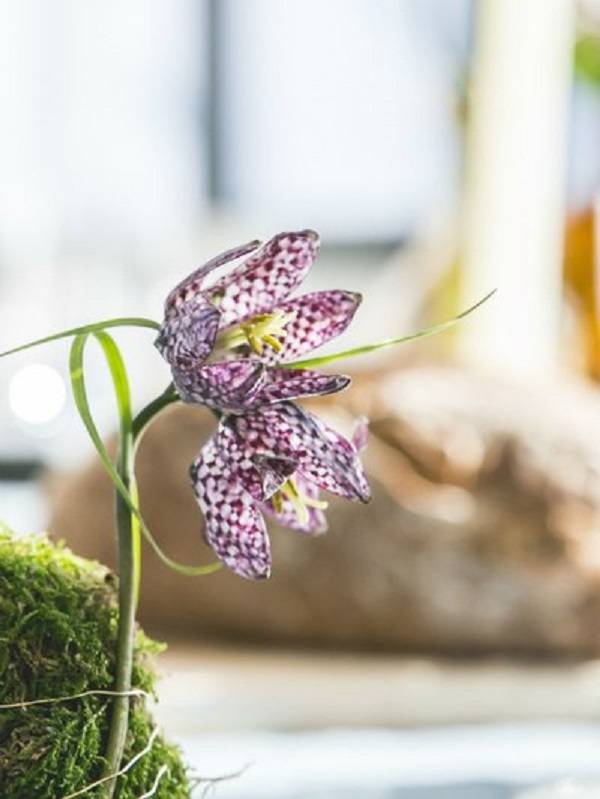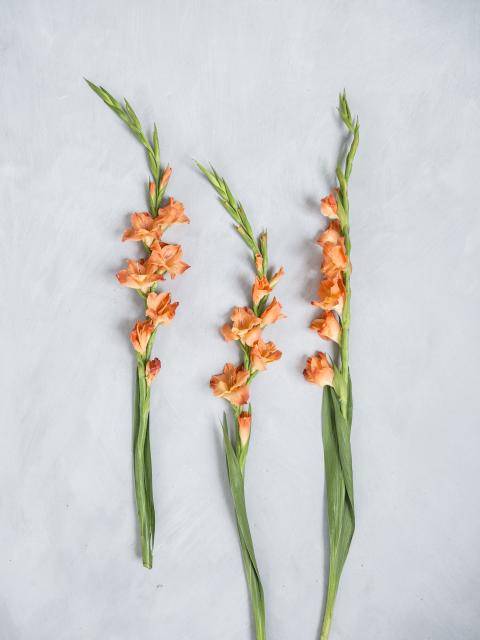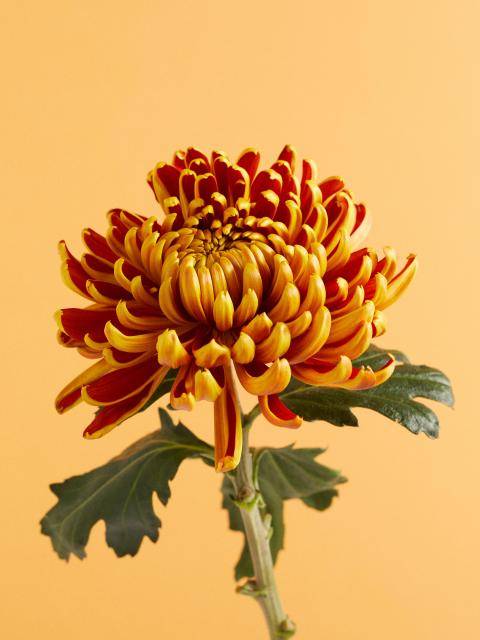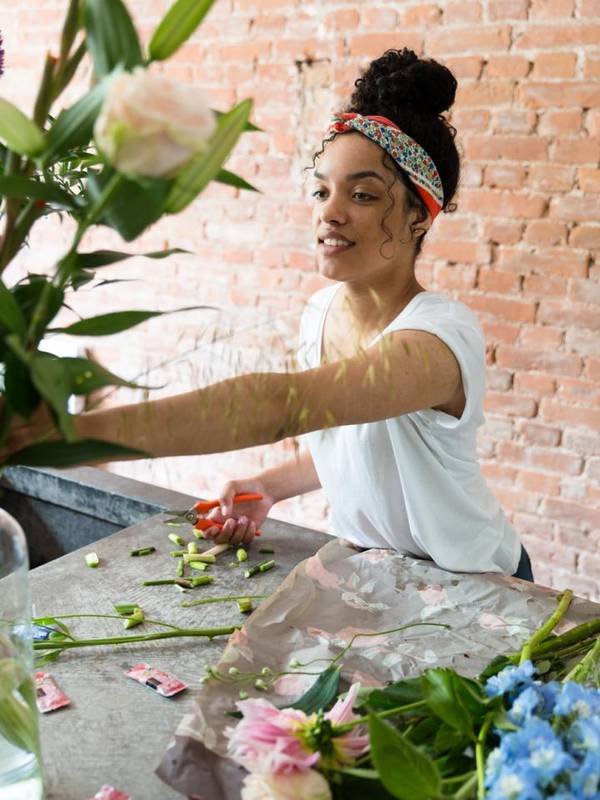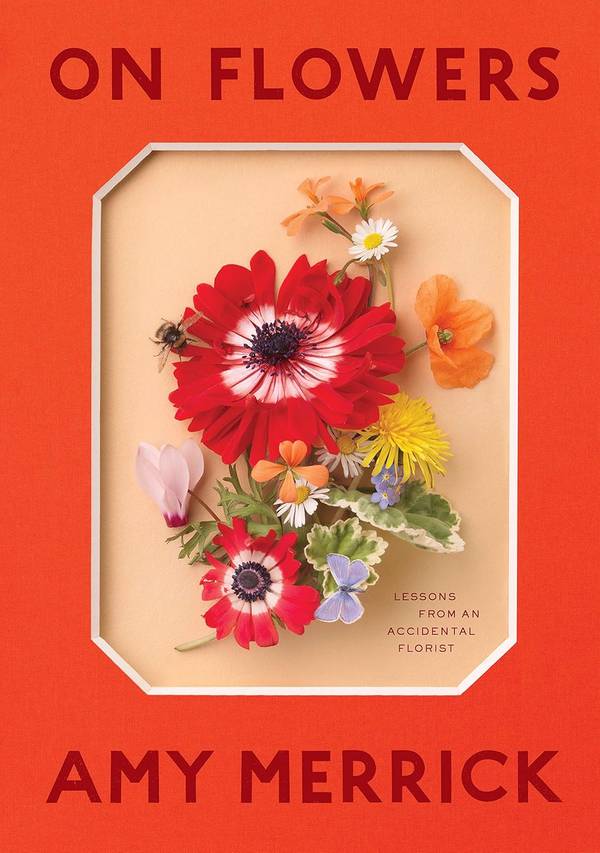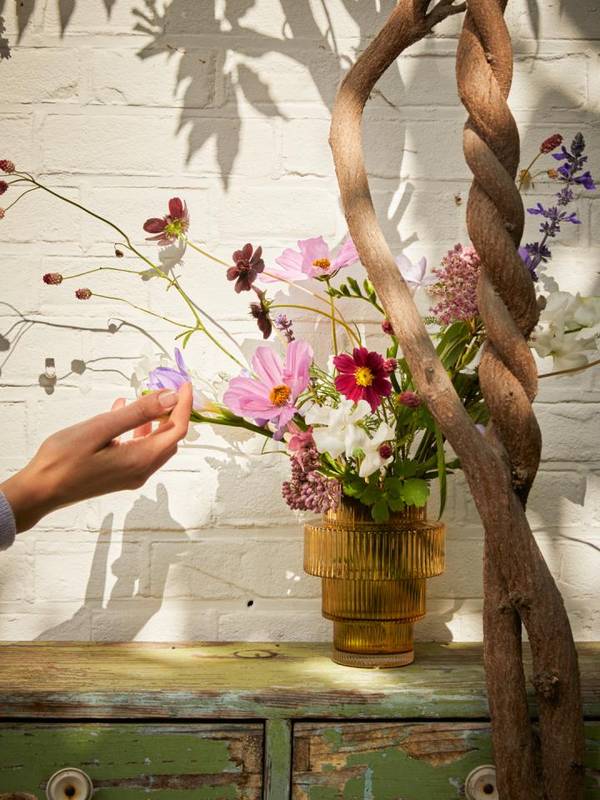
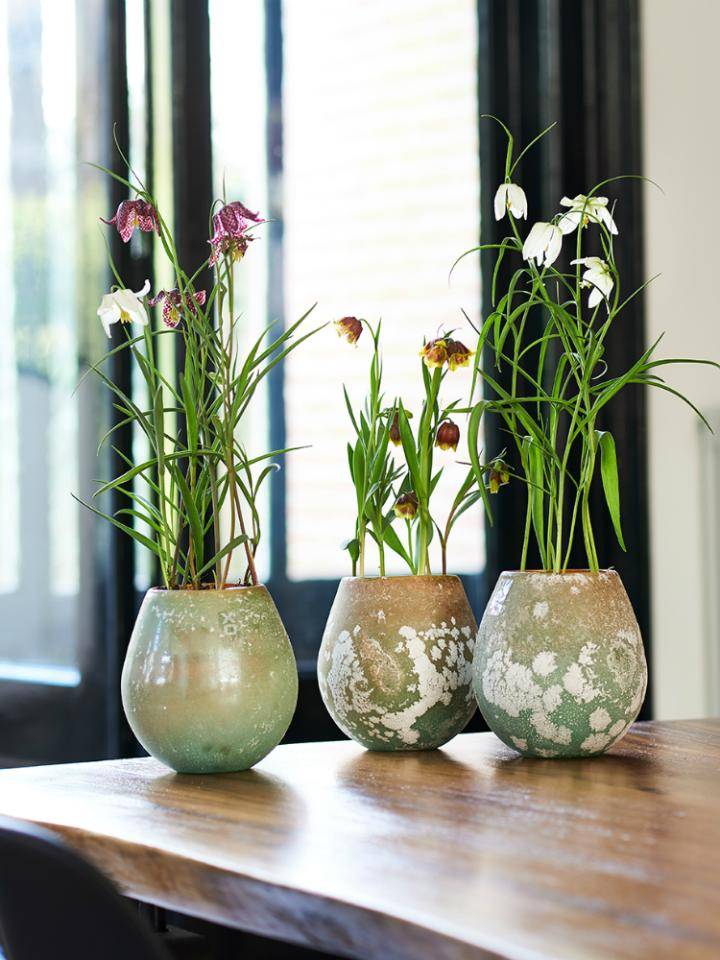
Caring for fritillaria
Enjoy your Fritillaria for even longer!
- Remove the bottom leaves.
- Place it in a clean vase with clean water.
- Add cut flower food to the water for a longer vase life.
- Cut or trim 3-5cm off the stems diagonally with a sharp, clean knife.
- Allow these flowers some space in a bouquet, so they’re not crushed.
- Regularly top the vase up with tap water.
- Do not place these flowers in a draught, in full sun, near a heater or next to the fruit bowl.
Colours and shapes
Fritillarias come in sizes ranging from big to very small, and come in surprising and impressive colours: red, orange, yellow and purple and white with a chequered pattern. They also come in green with brown and orange spots, and burgundy with yellow edges and then there are some unusual colour variants: green with purple stripes and green with old rose. All in all there are some 100 different species.
It’s a very unusual bulb crop that needs to be handled with care. The bulbs have no skin so they are far more delicate than tulip bulbs. Be warned: if you have moles or mice around your house, they’ll be straight in there when they smell this happy spring plant!
Symbolism
The scientific name Fritillaria comes from the Latin word ‘fritillus’, which means ‘dice cup’. This obviously refers to the shape the flowers and the chequered colour pattern that characterises many of the flowers. The plant has no known symbolism, but it doesn’t need it.
Origin
There are some 100 species of the hanging flower, which originates from Afghanistan. In the wild they bloom alongside the river in damp meadows. Fritillaria arrived in Europe in 1575 and was brought from Constantinople to Vienna.
